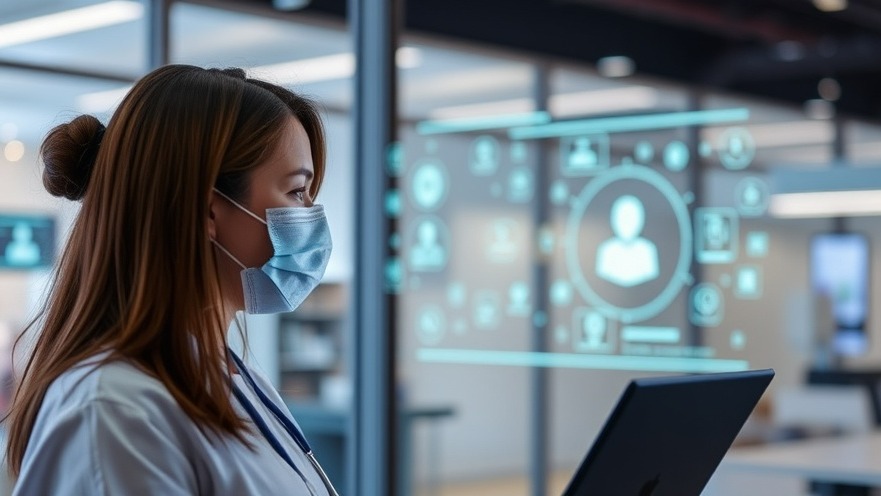
Reimagining Healthcare with AI Self-Triage
In today's fast-paced world, our healthcare systems are adapting to a new reality shaped by technological innovation. AI self-triage tools are on the forefront of this transformation, helping us respond to the demands of patients and the challenges faced by healthcare providers. Imagine your smartphone as your first line of defense in navigating healthcare difficulties, assessing symptoms, and directing you toward timely medical advice. This isn't just a concept; it's the emerging reality of AI in healthcare, aiming to redefine how we approach medical care.
The Shift from Transactional to Proactive Care
Traditionally, the healthcare landscape has defined itself through transactional relationships, emphasizing in-person consultations and insurance claims processing. Such an approach often lacks the depth needed to effectively address the underlying causes of rising healthcare costs and unnecessary utilization. Recognizing the need for change, the industry is moving toward a proactive model that emphasizes early patient engagement and preventive care.
By integrating AI self-triage tools, healthcare professions can foster better health outcomes. These intelligent systems promote proactive health management, enhance care coordination, and mitigate misdirected healthcare use—providing patients with appropriate care at critical junctures of their journey.
Addressing Engagement Hurdles with AI Technology
Despite the compelling argument for proactive engagement, a significant number of healthcare providers still struggle to gather actionable data. Various obstacles, such as inconsistent digital engagement, limited patient interactions, and a general lack of tailored solutions, have impeded progress.
AI-driven self-triage platforms not only circumvent these barriers but also elevate the healthcare experience. By enabling more engaging and personalized health assessments, AI can significantly improve data collection processes. Transitioning from traditional methods to dynamic triaging allows healthcare providers to gather accurate and comprehensive patient data, leading to better-informed decision-making.
Key Features That Enhance Patient Experience
What sets AI-powered self-triage apart? These tools offer a variety of features designed to promote ease of use and foster patient engagement. The convenience of immediate access allows patients to utilize the technology at their convenience, eliminating the need for appointments. This flexibility encourages patients to explore their symptoms multiple times, resulting in thorough and honest reporting.
Moreover, AI technologies often evoke a sense of privacy that many users find lacking in human interactions. Additional benefits, such as multilingual support and the use of natural language processing, ensure that patients from diverse backgrounds can easily communicate their symptoms, improving overall accessibility for all users.
Transforming Healthcare Providers' Capabilities
For healthcare providers, embracing AI-powered self-triage is not merely about improving patient experience—it's about transforming practice efficiency. By utilizing these tools, providers can better allocate resources, streamline patient flow, and build stronger relationships with patients. More importantly, they empower themselves to focus on complex medical cases, knowing that patients have already been directed appropriately through intelligent assessments.
Looking Ahead: The Future of AI in Healthcare
As AI self-triage continues to develop, stakes are high for both patients and providers. The integration of such technologies within healthcare systems may contribute to improved health outcomes and reduced healthcare costs overall. We are standing at a historic crossroads—where technology and healthcare converge to create an innovative landscape that prioritizes the needs of both patients and practitioners.
In conclusion, while the journey towards full AI integration may feel daunting for many concierge health practitioners, the ongoing advancements should inspire excitement rather than overwhelm. By embracing these tools, they can enhance their practice, better serve their community, and ultimately contribute to a healthcare system that is more effective and centered on patient needs. Embracing change is not merely a trend; it's a pathway to a healthier future.
 Add Row
Add Row  Add
Add 






Write A Comment